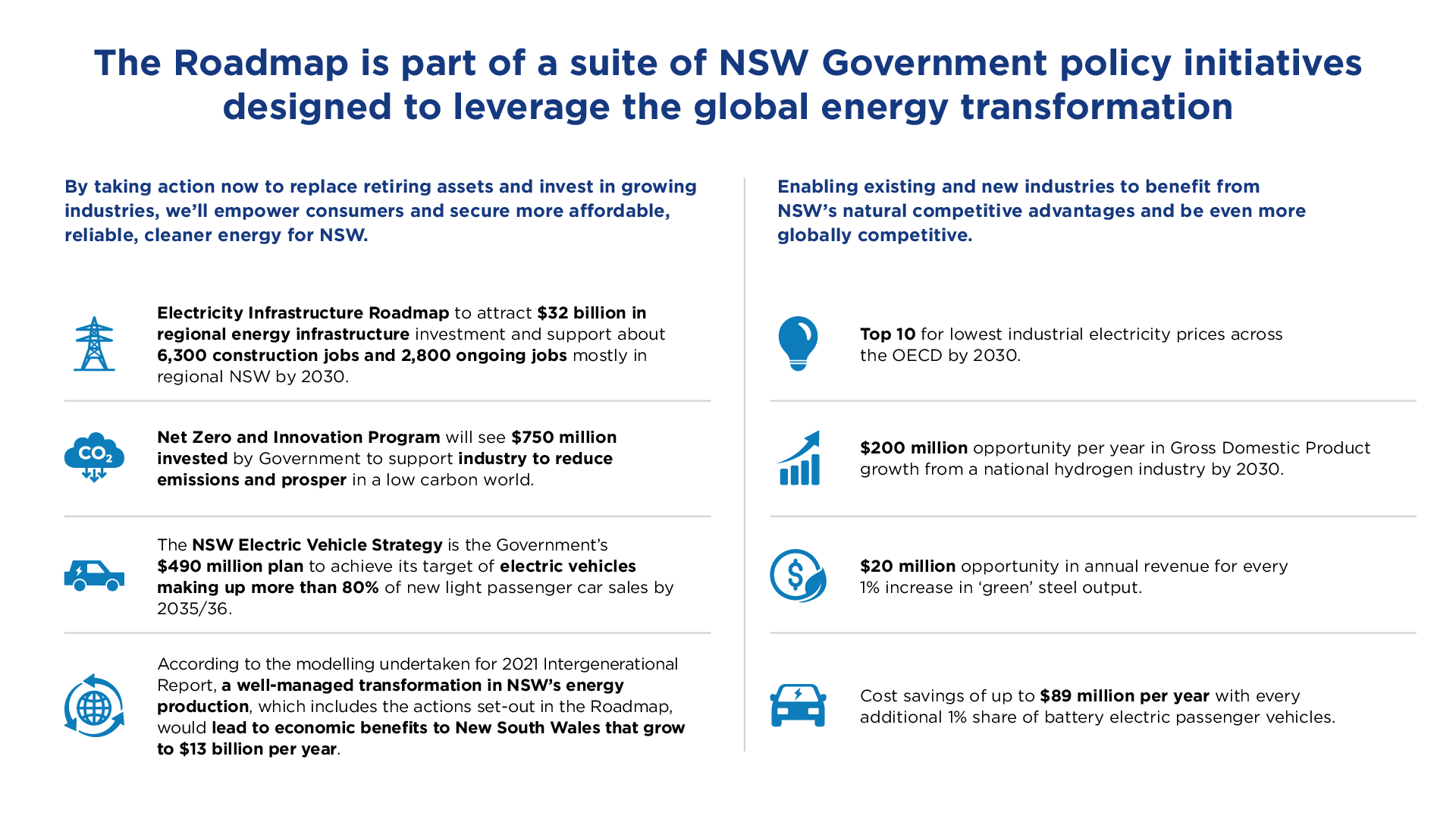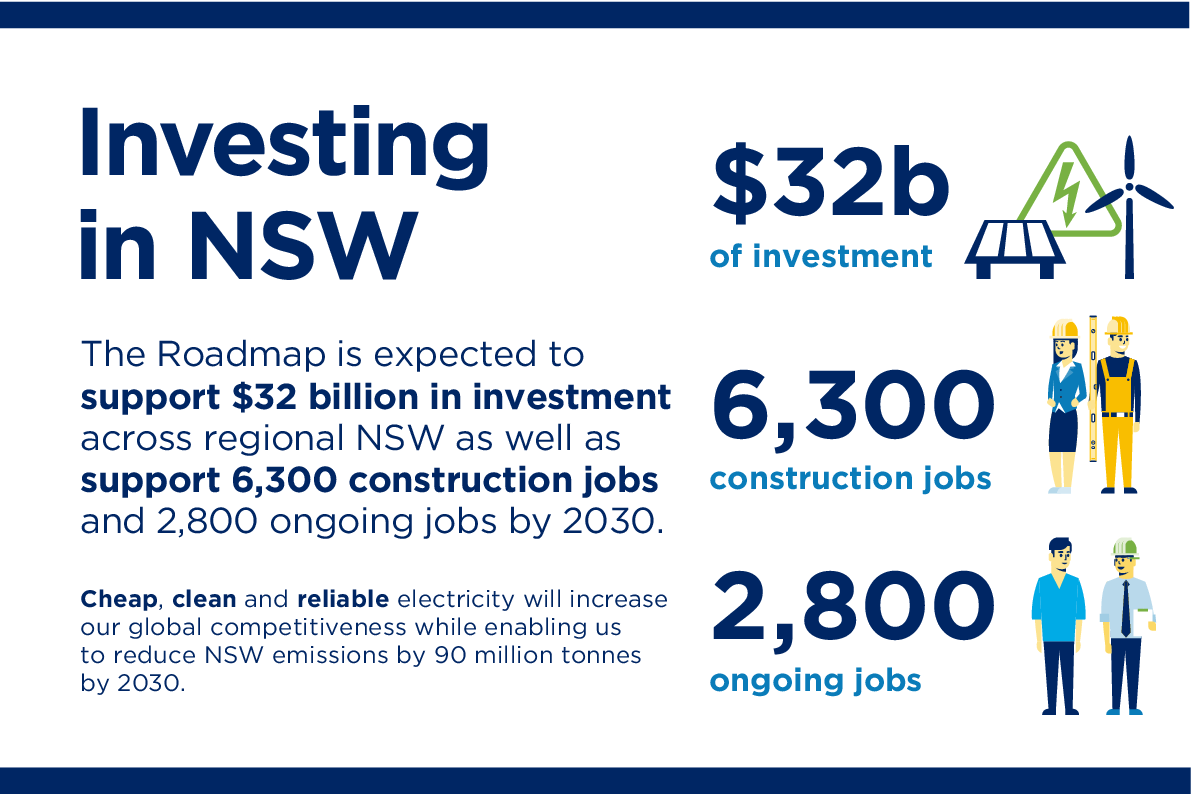Environmental assessment
-
Transport for NSW is committed to a safe and sustainable transport system for the whole state. This means that all transport infrastructure plans, design, construction, operations, maintenance and management will take into account economic, environmental, health, community and social factors.
The Great Western Highway Upgrade
The final alignment of the Great Western Highway in Blackheath will be decided through community feedback, alongside further survey work, technical studies and environmental assessments. The Great Western Highway Upgrade Program will require assessment under the NSW Environmental Planning and Assessment Act 1979.
Scoping of stages
The upgrade program will be delivered in stages or sections. Once a route for each section of the upgrade program has been determined, the project team will prepare a Scoping Report for sections requiring an Environmental Impact Statement (EIS) which:
- describes the project
- identifies the relevant strategic and statutory context
- summarises the results of any early community engagement
- identifies the scale and nature of the impacts of the project
- outlines the proposed approach to assessment and community engagement.
This report is submitted to the NSW Department of Planning, Industry and Environment (DPIE).
-
Environmental Impact Statement
The EIS will assess the economic, environmental and social impacts of the project to help the community, government agencies and the consent authority to make informed decisions on the merits of the project. The EIS will also include consideration of how to manage any impacts.
Once the EIS has been prepared, there will be a period of public exhibition where public submissions are invited.
Considerations and investigations
Considerations/investigations that Transport for NSW typically undertakes as part of preparing the EIS, include but are not limited to:
- Air Quality
- Heritage
- Aboriginal Heritage
- Biodiversity
- Noise and Vibration
- Visual impact
- Traffic and access
- Soil and Water
- Socio-economic/land use
- Flood and hydrology
- Ground Water
- Bush fire
- Waste
- Greenhouse gasses
Environmental assessment for Blackheath
When an environmental assessment incorporating Blackheath has been completed, there will be a period of time for display and consultation.
Engagement with the Blue Mountains community to help inform the decision-making on this matter has, and will continue to be a key part of our planning processes.
NSW DPIE Approval Process



























